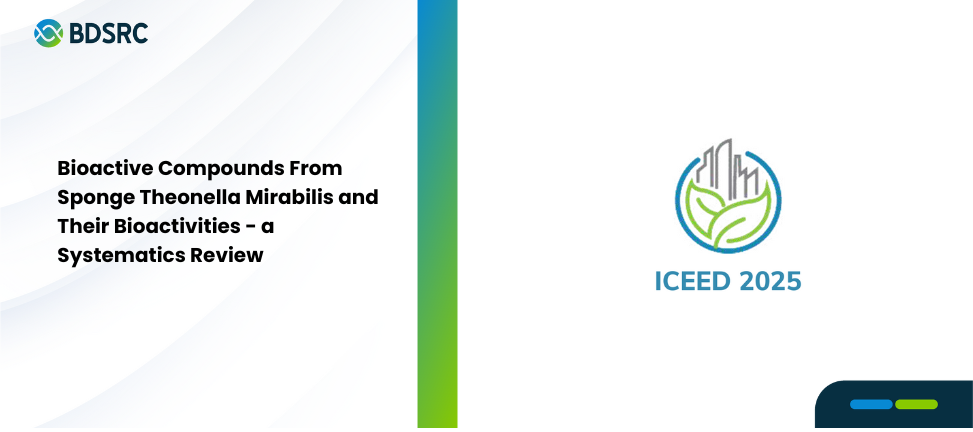Bioactive Compounds From Sponge Theonella Mirabilis and Their Bioactivities – a Systematics Review

Marine is widely known for its biodiversity, and it recently elicited attention as a source of promising secondary metabolisms for drug candidates. It could become a solution to overcome the emergence of multidrug-resistant microbes, viruses, and cancers. One of the most attractive organisms is marine sponge, which has approximately 8553 accepted species. It develops defense mechanisms to survive in a harsh environment, by synthesizing the bioactive compounds with pharmacological properties. However, no literature review that focuses on Theonella mirabilis (de Laubenfels, 1954). Thus, this systematic review of the literature was performed to summarize the discovery of secondary metabolites and their bioactivities from the literature. Twelve secondary metabolites were identified in this study, including oligopeptides, steroids, and organic salts. The bioactivities found in this study are anticancer with IC50 value of as low as 3.0 µg/mL against breast adenocarcinoma cell line (MCF-7) (Mirazinidine A), anti-HIV with EC50 of around 3.6 ng/mL against HIV-1RF (Papuamides A and B), and Cathepsin B inhibitor with IC50 of as lowest as 29 ng/mL (Tokaramide A). The structural features of the bioactive compounds were also listed and documented for future inspiration for the synthetic development of new drugs.
Authors:
Rudi Nirwantono, Angelica Laura Kusnadi, Regita Agustin, Alyssa Imani, and Bens Pardamean
The 9th International Conference on Eco Engineering Development 2025 (ICEED)
